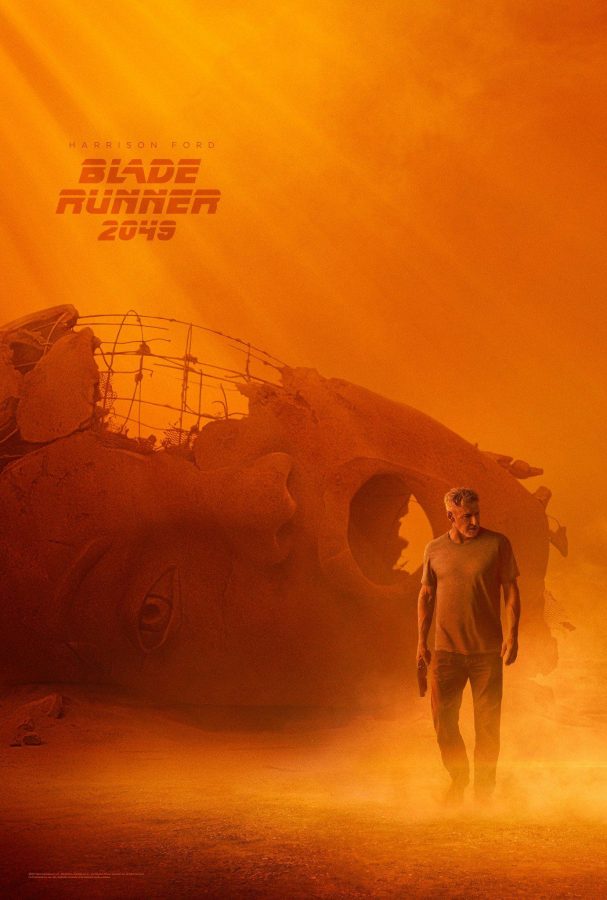In June of 1982, cult phenomenon “Blade Runner” was released to the public. With its cyberpunk world and sprawling universe, it’s no surprise the film series is still immensely popular to this day.
“Blade Runner 2049” revisits the dystopian setting, featuring Ryan Gosling as K, a robotic detective, as he works his way into the case of Rick Deckard, a former Blade Runner who was somehow able to conceive a child with a “Replicant,” something previously thought to be impossible.
First and foremost, “2049” looks good… really, really good. The colors in the fight sequences are incredibly clean, each shot bursting with style. Director Denis Villeneuve moves the camera with skill and precision, and while this does sacrifice the grittiness associated with handheld recording, any immersion lost is gained back with the booming sounds of movie theater stereos.
However, beneath the glossy exterior lies a doubt, one that threatens to bring the whole film down with it. For all of the professional acting, lighting, and sound design that “2049” has, it still doesn’t capture that feeling the first one had. “Blade Runner” was revolutionary for its time; something truly special and unique. “2049” just feels more of the same thing.
It seems more beneficial to go back the original, revisiting the different cuts and comparing the differences, than to watch something that piggybacks off of its successor. Statistically speaking, “2049” has it all, but it isn’t “Blade Runner” and it shouldn’t try to be.
As the colors faded to black and the credits began to roll, one remembers the original movie and wonders, “Was that really necessary?”


